The Heroine’s Journey
Introducing the Heroine’s Journey: The path of the Fairy-Tale Journeyer
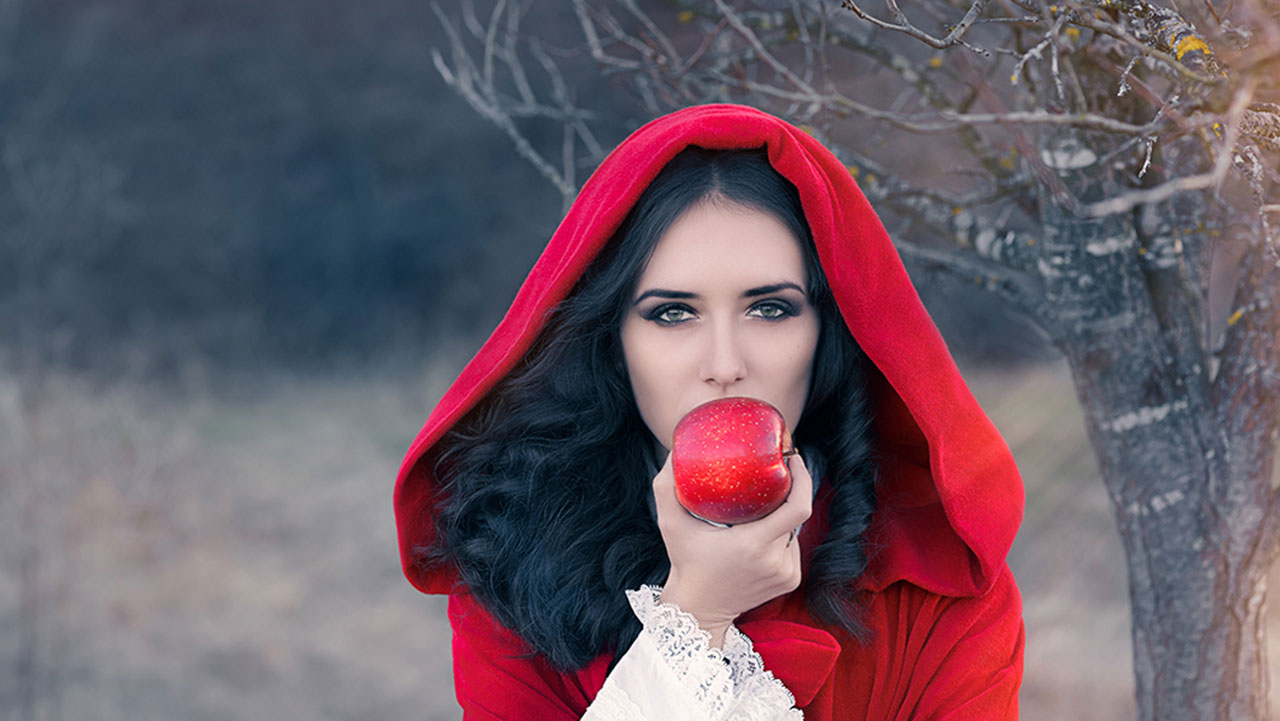
Overview
I never heard of the Heroine’s Journey until I chanced upon a post at Gamasutra several years ago. A blogger, Lara Crigger, made a blog post explaining how the video role-playing game Dragon Age II slotted into the Heroine’s Journey narrative structure.
I was intrigued, and wanted to know more about this structure. What follows, then, are the fruits of my labor thus far. Below you’ll find case studies, beat sheets, and general blog posts from myself and others exploring this topic.
The first thing you need to know is that a Heroine’s Journey is not simply a Hero’s Journey with a female character. No, it is an entirely separate journey, and can be undertaken by a man. To emphasize this fact, I will refer to the Hero’s Journey as the Mythic Journey, and the Heroine’s Journey as the Fairy-Tale Journey. There’s a difference between myths and fairy tales, as Joseph Campbell notes in Heroes with a Thousand Faces. I explore this point in greater detail in my post on how to choose which one your character is undertaking. But quickly, here is a quote from Joseph Campbell which unlocked the distinction for me:
…the hero of the fairy tale achieves a domestic, microcosmic triumph, and the hero of myth a world-historical, macrocosmic triumph. Whereas the former—a youngest or despised child who becomes the master of extraordinary powers—prevails over his personal oppressors, the latter brings back from his adventure the means for the regeneration of his society as a whole.
Microcosmic: the trees. Macrocosmic: the forest. The point is that fairy tales focus on personal threats and stakes faced by the Journeyer, and myths focus on threats and stakes to the Journeyer’s community. Hansel & Gretel vs. the witch is a fairy tale. Frodo against the would-be world-conquering ring of Sauron is mythic.
The Heroine’s Journey is about who your character is. What does he stand for? Who is she when no one is looking? What are his values, and will those values be concealed out of fear, or courageously brought into the open? The antagonists on this Journey are not required to be mortal threats, but in some fashion or another they stunt the growth of the Heroine’s Journeyer.
In contrast, the Hero’s Journey is about doing, specifically as it relates to protecting others. Heroes save their kingdoms from existential threats. The Hero is acting on behalf the group, and is prepared to lay down his life. But if your Hero is going to declare, “You have my axe,” or “You have my bow,” or “I volunteer as tribute,” it helps for the Hero to know just what principle she’s prepared to die for.
An Important Clarification
In learning more about the fairy-tale structure I discovered a post from novelist Theodora Goss, who is exploring the Heroine’s Journey in depth. In discussing this journey, Goss says:
First, I heard Elizabeth Gilbert say, in an interview, that according to Joseph Campbell there was no such thing as a heroine’s journey, because the heroine did not need to go on a journey: she was the home to which the hero returned.
I can imagine Campbell making such a statement, but the evidence in his own book, The Hero With a Thousand Faces, contradicts it: he repeatedly describes heroines on journeys, including Ishtar descending into the underworld. Some heroines have gone on journeys; therefore, the heroine’s journey must exist.
To which I reply: correct. Although, I’ve traced the origin of this claim not to Gilbert, who was probably quoting it, but to Maureen Murdock, who wrote a version of the Heroine’s Journey that Victoria Lynn Schmidt adapted for writers. Murdock herself relates this anecdote in the intro to her book, The Heroine’s Journey: Women’s Quest For Wholeness.
I don’t own that book, and frustratingly, in interviews in which she discusses her claim no reporter — so far as I’ve found — ever asks a follow up question reconciling Campbell’s alleged statement with Campbell’s recording of heroines who do take the Journey. And it’s a glaringly obvious question to ask.
In addition to Inanna (Ishtar), in Hero With a Thousand Faces — henceforth, “HWaTF” — Campbell also details Psyche, who descended into the realm of Hades. These are indisputably actual journeys; both the goddess and the princess are on their own quests, and are not in the “helper goddess” role.
By chance, Stan Lee gave me the clue to Campbell addressing a version of this question of women on journeys, in the forward to his book, How to Draw Superheroes. He references a statement Campbell says in a seminar recorded in Pathways to Bliss: Mythology and Personal Transformation, which I shall quote here:
All of the great mythologies and much of the mythic story-telling of the world are from the male point of view. When I was writing The Hero with a Thousand Faces and wanted to bring female heroes in, I had to go to the fairy tales.
These were told by women to children, you know, and you get a different perspective. It was the men who got involved in spinning most of the great myths. The women were too busy; they had too damn much to do to sit around thinking about stories.
Along with deliberately including heroines of fairy tales, such as the one in the Princess & the Frog, Campbell also addresses the issue of women looking to mythic heroes. During a seminar recorded in Pathways, a woman asks Campbell about women taking the Journey, and he directly states that women can take the hero’s journey.
Again, this fact of women taking the Hero’s Journey was one he already demonstrated in HWaTF. Further to his point about looking to fairy tales, I gather he would have seen the journeys of Inanna and Psyche as fairy tales because of his distinction between myth and fairy tales as quoted above. However, throughout HWaTF he recorded variations of the mythic journey based on whether the Journeyer was female instead of male.
Note that HWaTHF’s copyright date is 1949, and updated in 1968. Murdock said she asked Campbell her question in 1981; the seminar transcribed in Pathways happened in 1983. Campbell died in 1987, and Murdock wrote her book in 1990. I point out the timeline because this claim was publicly made of Campbell when he was no longer around to refute it, but I also wonder if this is an example of what Murdock means by an “unreliable truth,” as referred to in an interview about the Journey, where she also discusses the relationship between identity and memory.
The point I want to underscore is that the Journeys are not sex-restricted. Even Campbell, who actually outlined and popularized the Hero’s Journey, did not believe the Journey to be sex-restricted, hence him pointing out the variations between a male or female Journeyer. As you’ll see throughout my series, the sex of the protagonist is irrelevant to whether or not they are on a given Journey. What is relevant: the nature of the conflict, what’s at stake for the protagonist, and the Journeyer’s motives for taking the Journey to begin with.
Choose Your Own Adventure
Let us begin by exploring the distinctions between a Mythic Journey and a Fairy-Tale Journey. They neither begin, nor end in the same way. Each Journey presents a different challenge, with different sorts of antagonists. If you want to know how to determine if your Journeyer is in a Mythic or Fairy-Tale story, then here is where we shall begin:
Myth or Fairy Tale?☍
How do you choose which Yellow Brick Road to set your Journeyer upon? Can you combine both journeys?
Read More about the difference between mythic and fairy-tale journeys
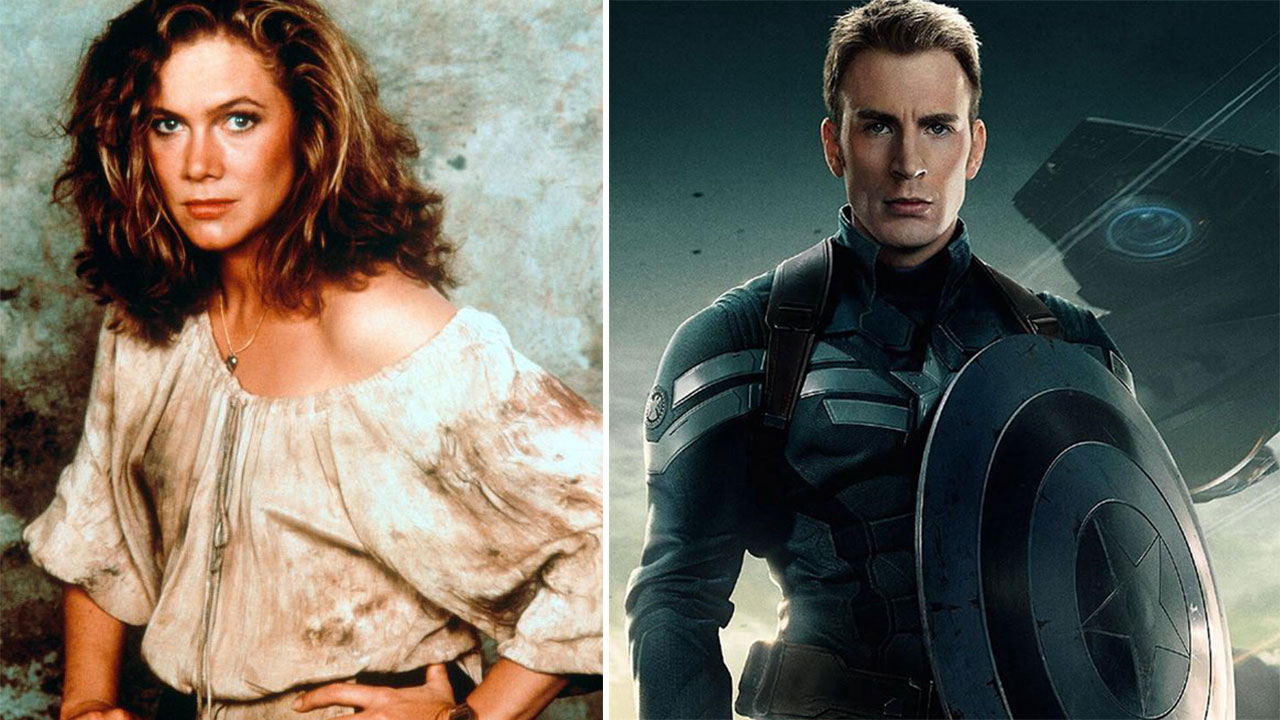
Variations of the Fairy-Tale Journey
There is more than one type of fairy tale, and not surprisingly there’s more than one type of Fairy-Tale Journey. The ones outlined below can find their “ur-texts” — the earliest known versions — from mythology: Inanna, the tale of Psyche’s Descent, Penelope the wife of Odysseus, and Demeter & Isis.
The posts in this section include the story beats for each version of the Fairy-Tale Journey. I want to warn you that the beats shouldn’t be treated as strait jackets or railroad tracks: you don’t have to include each one, nor do you necessarily have to present them in the prescribed order. All of the authors who documented these versions agree on these points. As a storyteller, it’s your job to tell your story in a way that’s “true”: to the story, your characters, and your themes. I’m not one for mindlessly following rules; it’s best to know the point of a rule so you can break it when it’s best to break it, and keep it when it’s best to keep it, and know why you’re keeping or breaking it.
If you haven’t spotted already in other posts, I took a page from Diana Wynne Jones, author of The Tough Guide to Fantasyland. In that book, she uses small caps to set off clichéd terms from fantasy novels, e.g., stew, reek of wrongness, pool of evil, etc. You’ll see that style in the following posts, where I use it to denote structural beats, e.g., inciting incident, wander in the wilderness and so forth. It’s partly tongue-in-cheek, but I thought you should know.
Facing Your Demons
Archetype: Inanna
Hailing from ancient Sumer, this is the oldest version of the Fairy-Tale Journey. In 45 Master Characters Victoria Lynn Schmidt details the Journeyer’s confrontation with their own fears and flaws.
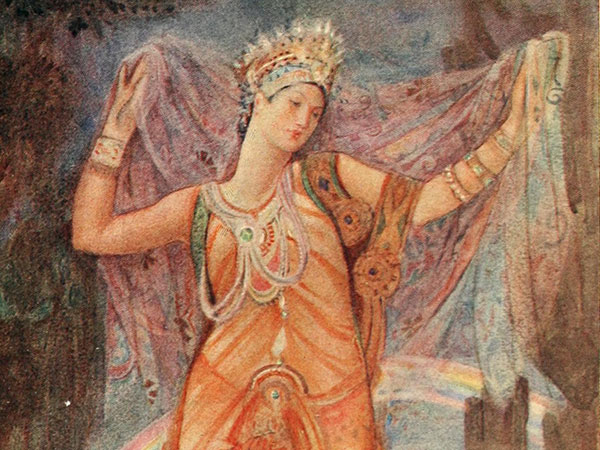
Re-Unification Journey
Archetype: Isis & Demeter
Isis and Demeter quest for lost family, and improve the lives of those they meet along the way. Gail Carriger explores their journeys in The Heroine’s Journey. And on their path, Journeyers do not travel alone…
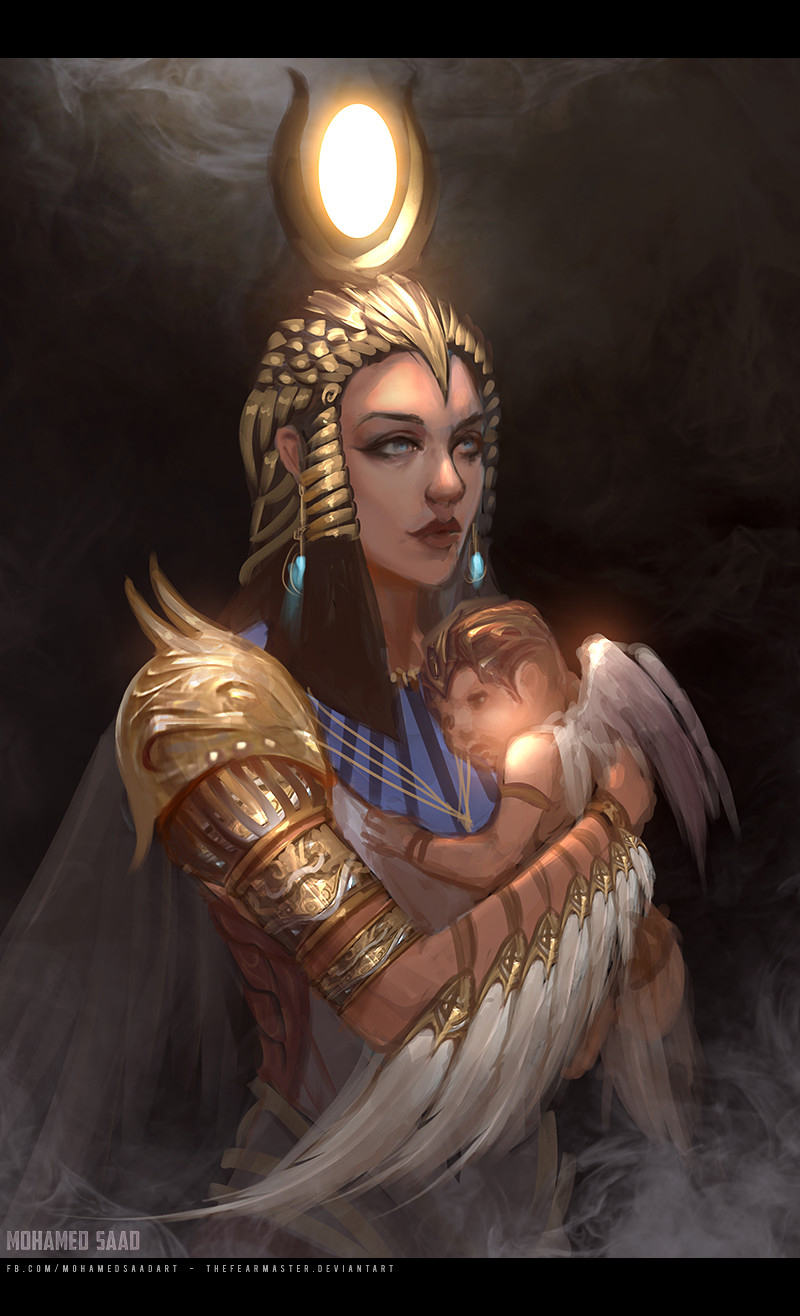
Dreams & Stratagems
Archetype: Penelope
Trapped in the dependent world, Journeyers on Penelope’s Path must nurture their dreams in secret. But making them come true requires courage, and in The Virgin’s Promise Kim Hudson shows how it is done.
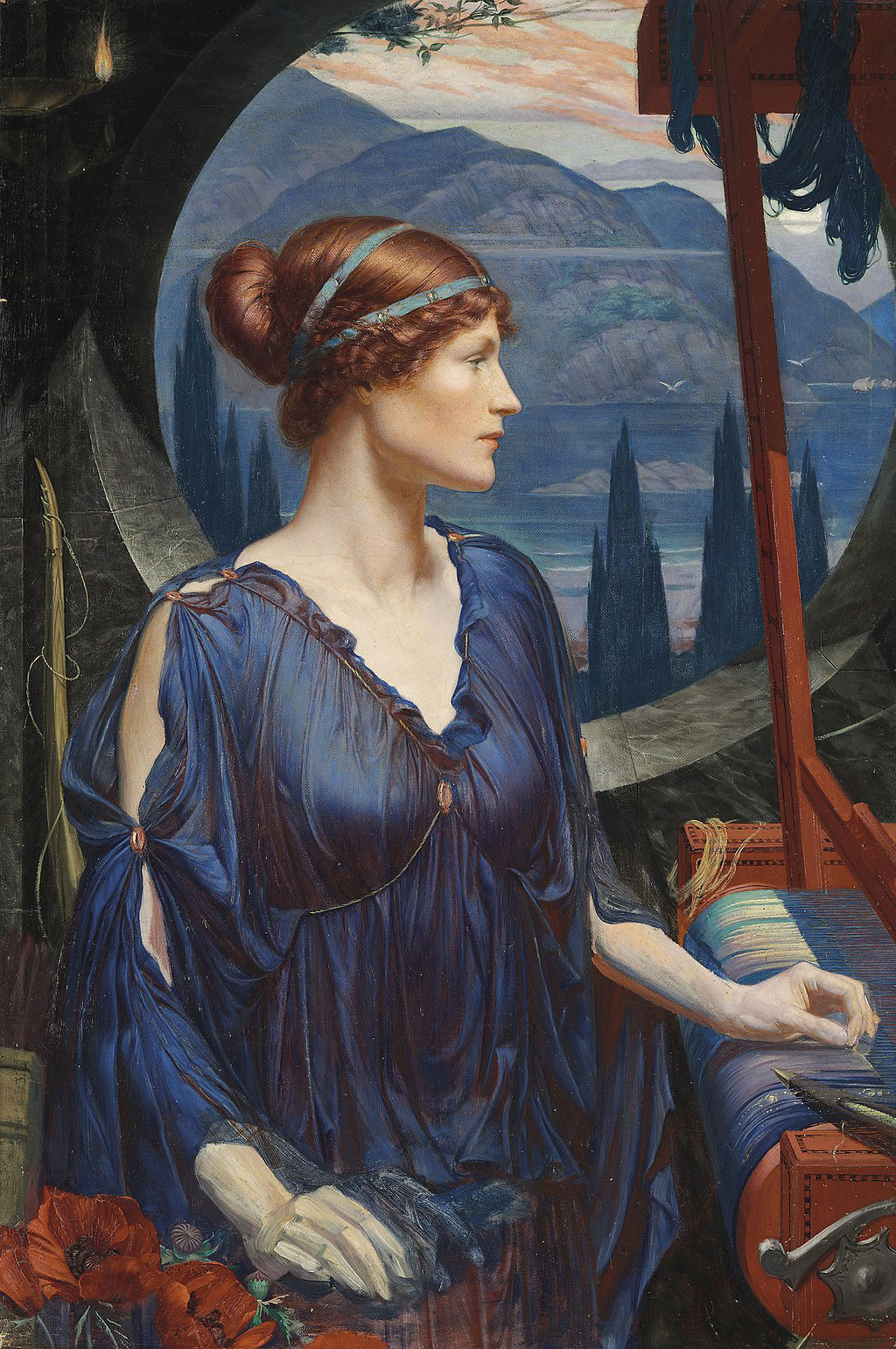
Classic Fairy Tale
Archetype: Psyche
Brothers Grimm fairy tales trace their ancestry to Psyche in ancient Greece. Dr. Theodora Goss and Ookami Kasumi each made posts examining the classic structure that inspired the beloved Disney princess movies.

Case Studies
Examples of the use of the Heroine’s Journey in different media.
Hawke, Dragon Age II
Repost from a dead link: “Walking the Heroine’s Journey: How Dragon Age 2 Follows An Old—But Often Overlooked—Storytelling Archetype.”
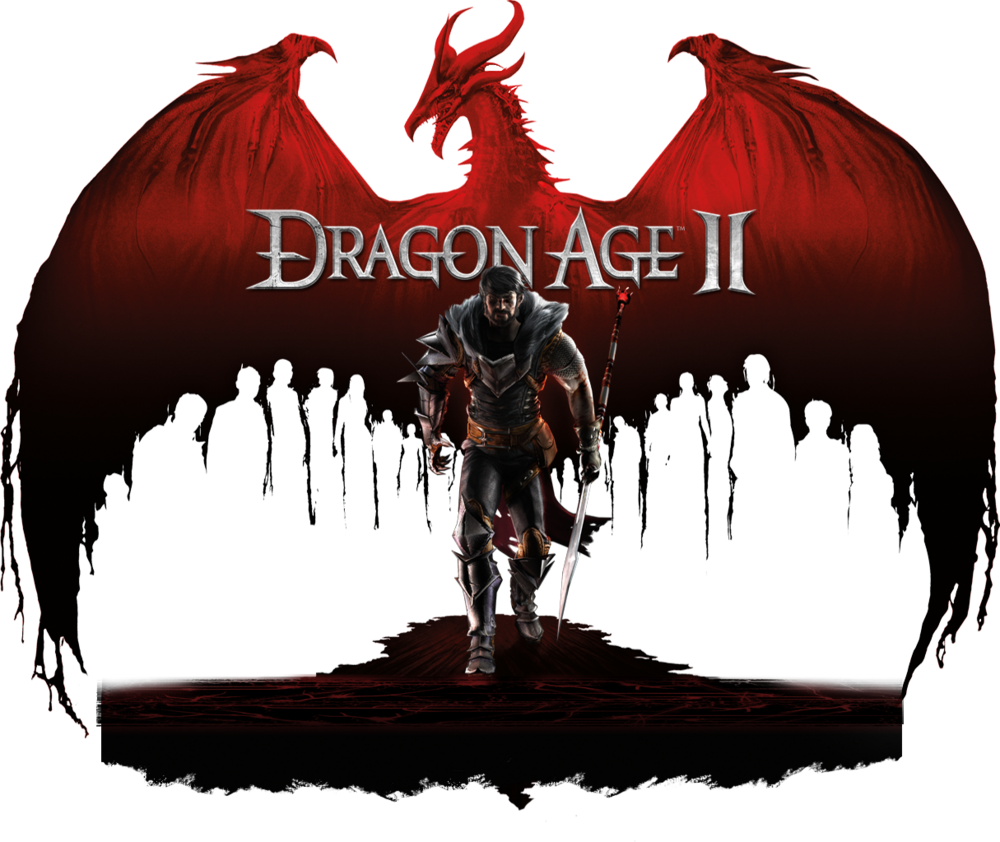
Steve Rogers, The Winter Soldier
Steve Rogers walks Inanna’s path, and Katerina Daley of Heroine Journeys takes you through it step by step.
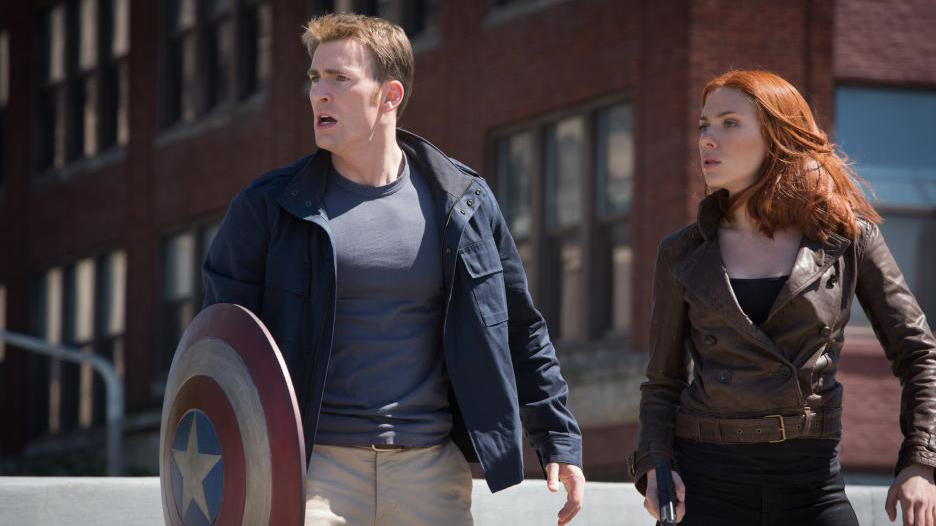
Ekaterin Vorsoisson, Vorkosigan Saga
I dive into how Lois McMaster Bujold uses three versions of the Fairy-Tale Journey to bring to life the arc of Ekaterin Vorsoisson in Komarr and A Civil Campaign.
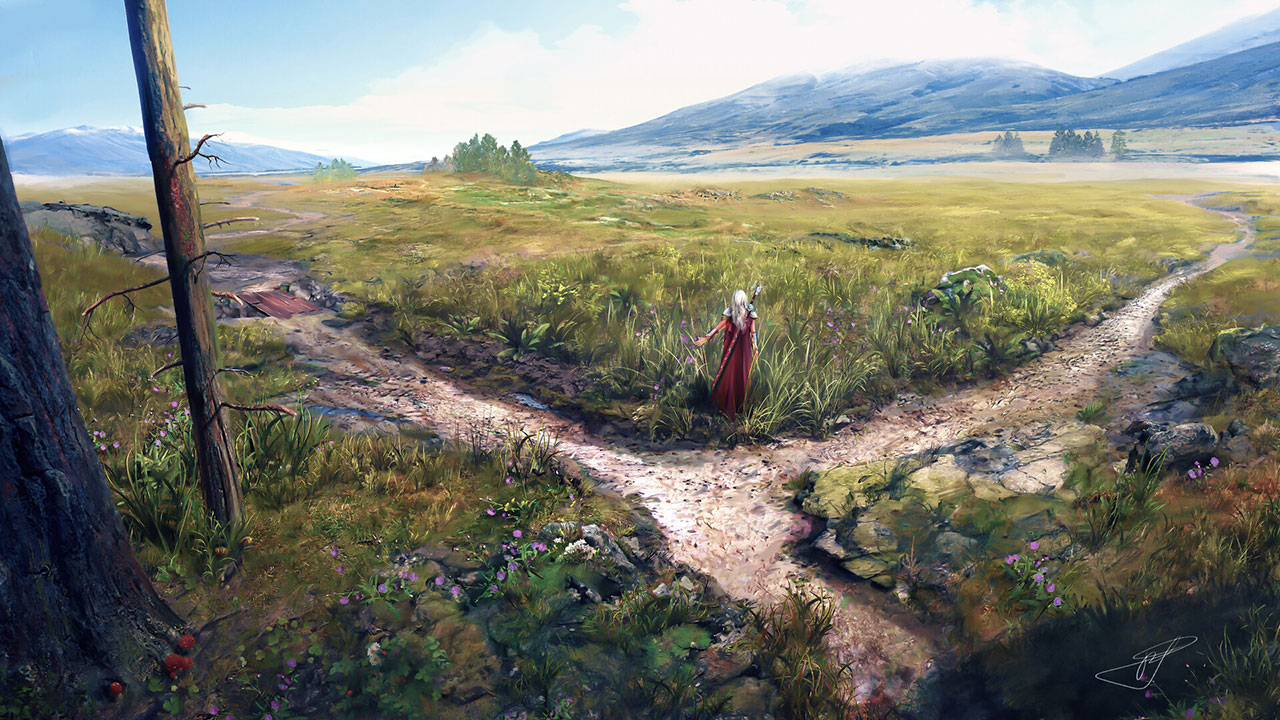
Fairy-Tale Journeys in Redemption Arcs
The Fairy-Tale Journey lends itself to writing a character’s turn from the Dark Side. See how it’s done with Asajj Ventress from Star Wars: Clone Wars.
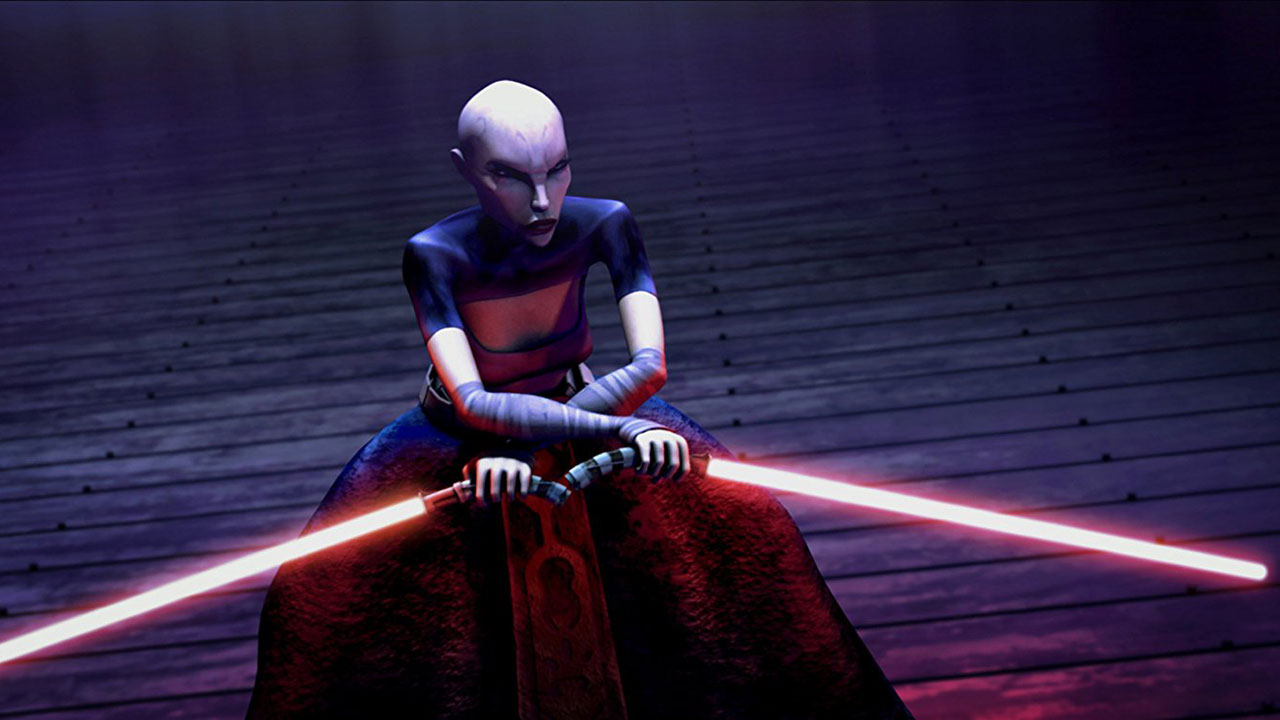
Putting It All Into Practice
Now that you’re up to speed, how do you make use of these Journeys in a practical way?
The Journeys and the Four Act Structure
In this structure, Act II is divided by a Midpoint that transforms a protagonist from reactive to proactive. Here is how the Journeys fit in.
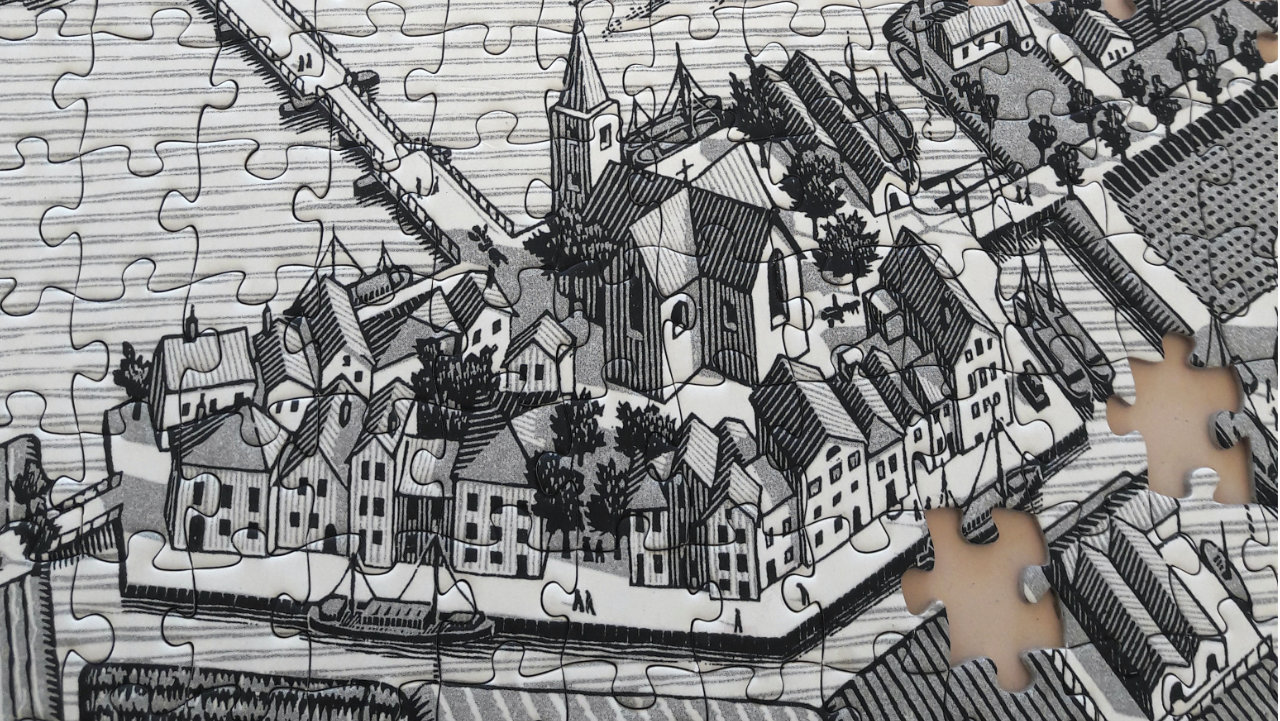
If this series has whet your appetite, you may want to take a look at other archetypal journeys. Novelist K.M. Weiland wrote a brilliant series worth adding to your treasure chest of storytelling resources:
Writing Archetypal Journeys
Seasons in life bring different tests. Succeed in one, and become a Hero. Fail in another, and become a Snow Queen. Want to know more?
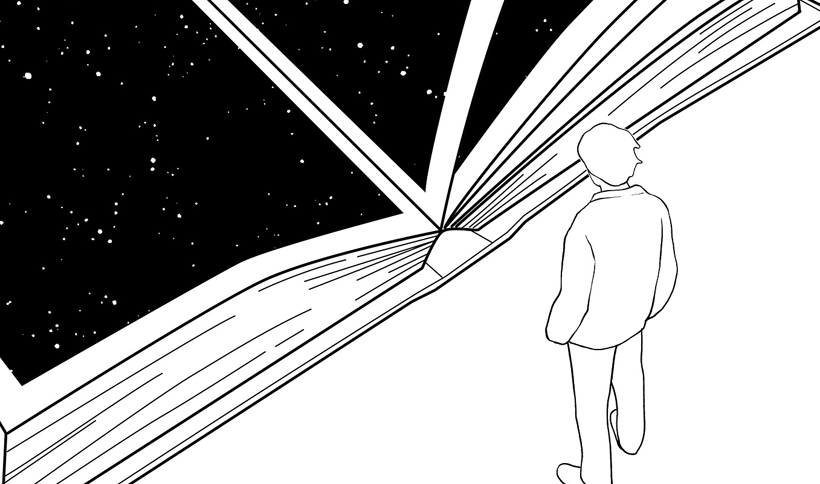
She touches upon the journeys mentioned in this post, and others as well, witih insights well worth absorbing.
I hope any of these resources will be useful. In the meantime, happy writing to you.